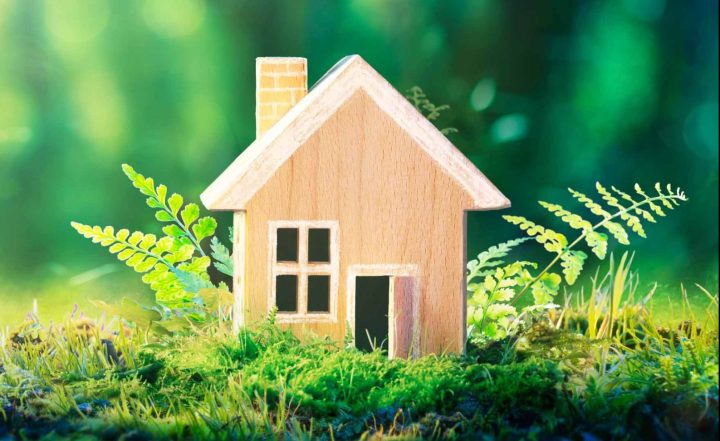
Adding sustainable features
Sustainable homes improve the environment and lower the cost of running your home.
Building from scratch is the best way to ensure success in sustainability, however there are also ways to convert existing homes. Saving energy, water and maintenance on systems and appliances contribute to making a home sustainable.
When you have a sustainable house, you create a healthier environment for yourself, family and pets, your community and your bank account.
To make your house sustainable, consider details such as building materials and methods, decorating choices, insulation, windows, heat, ventilation and air conditioning, lighting, plumbing fixtures, use of smart systems, solar and wind energy generation, and maintenance, conservation and green cleaning.
Some suggestions:
Passive solar design captures energy from the sun to help heat and cool your living spaces. Using no mechanical or electric equipment, passive solar design relies on building materials that reflect, absorb or transmit the sun’s radiation. Inside spaces are designed to facilitate the movement of sun-heated air without the use of fans. A passive house requires less energy to heat and cool.
High-performance windows cut energy usage, as windows account for 50 percent or more of lost energy. New technologies include double glazing and triple glazing, special coatings, nonconductive framing materials and higher-quality, air-tight construction. Retro fitting windows is an excellent way to make an older home more energy-efficient.
Energy-efficient appliances will reduce power costs. Check the energy-efficiency ratings of refrigerators, dishwashers, stoves and ovens, air conditioners, clothes dryers, and water heaters before purchasing them.




